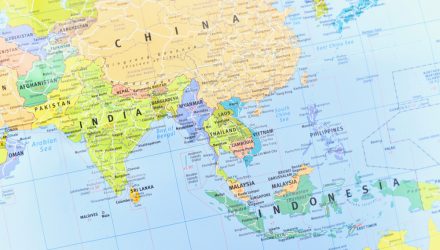As a decade of low-interest rates ends, investors are increasingly searching for income, in addition to growth in their portfolios. Adding dividend growers to an investment portfolio may result in lower volatility, compounded growth on dividend reinvestment, and dampened drawdown in declining markets. At the same time, Pan Asian economies are growing faster than developed markets in the West, experiencing lower inflation and more accommodative monetary policy, which may make companies’ dividend policies more sustainable. The Pan Asia region could be an attractive option for investors seeking both growth and income.
In the upcoming webcast, Look No Further Than Pan Asia For Growth & Income, Brendan Ahern, chief investment officer at KraneShares; and Henry Greene, investment strategist at KraneShares, will highlight the growth opportunities in Asia and focus on fund strategies to help financial advisors access dividend growth in Asia.
Specifically, the recently launched KraneShares S&P Pan Asia Dividend Aristocrats ETF (KDIV) provides access to the S&P Dividend Aristocrats methodology applied to the Pan Asia region, one of the fastest-growing areas in the world. The S&P Pan Asia Dividend Aristocrats Index includes exposure to China, Japan, Australia, and other Asian companies that have paid and increased dividends over a sustained period.
“Over the long term, companies with a strong track record of paying and growing dividends may outperform the broad market on a risk-adjusted basis,” according to KraneShares.
KraneShares argued that after a decade of low-interest rates ends, investors are increasingly searching for growth and income in their portfolios. Simultaneously, as global equity market volatility increases, investors may want defensive strategies to weather market turbulence. The KraneShares S&P Pan Asia Dividend Aristocrats ETF could fit both needs.
“Adding dividend growers to an investment portfolio may result in lower volatility, compounded growth on dividend reinvestment, and reduced drawdown in declining markets,” according to KraneShares. “Strong dividend growth is generally a positive signal from company insiders of confidence in the future of the business, as well as a pro-shareholder orientation.”
Financial advisors who are interested in learning more about the Asia dividend growth strategy can register for the Wednesday, November 9 webcast here.

